Filter News
Area of Research
News Topics
- (-) Biomedical (8)
- (-) Materials Science (11)
- 3-D Printing/Advanced Manufacturing (6)
- Advanced Reactors (7)
- Artificial Intelligence (4)
- Big Data (6)
- Bioenergy (4)
- Biology (7)
- Buildings (8)
- Chemical Sciences (2)
- Clean Water (3)
- Climate Change (8)
- Composites (2)
- Computer Science (11)
- Coronavirus (7)
- Critical Materials (3)
- Decarbonization (1)
- Energy Storage (13)
- Environment (13)
- Exascale Computing (1)
- Frontier (1)
- Fusion (3)
- Grid (7)
- High-Performance Computing (4)
- Hydropower (5)
- Irradiation (1)
- Isotopes (2)
- Machine Learning (5)
- Materials (11)
- Microscopy (5)
- Molten Salt (1)
- Nanotechnology (4)
- National Security (3)
- Neutron Science (6)
- Nuclear Energy (6)
- Partnerships (1)
- Physics (1)
- Polymers (3)
- Quantum Science (2)
- Simulation (2)
- Space Exploration (3)
- Summit (4)
- Sustainable Energy (14)
- Transportation (6)
Media Contacts
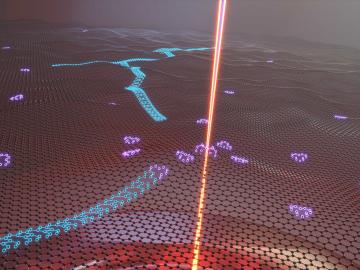
Oak Ridge National Laboratory researchers serendipitously discovered when they automated the beam of an electron microscope to precisely drill holes in the atomically thin lattice of graphene, the drilled holes closed up.
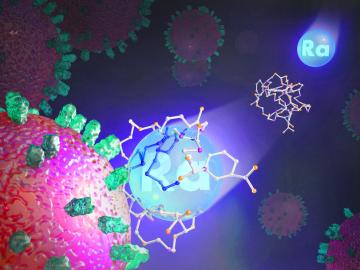
Researchers at ORNL explored radium’s chemistry to advance cancer treatments using ionizing radiation.
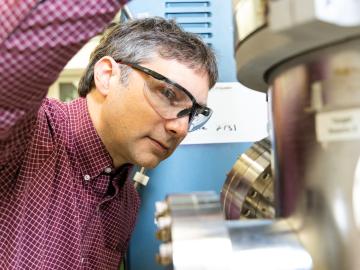
Several electrolyte and thin-film coating technologies, developed at Oak Ridge National Laboratory, have been licensed by BTRY, a battery technology company based in Virginia, to make batteries with increased energy density, at lower cost, and with an improved safety profile in crashes.
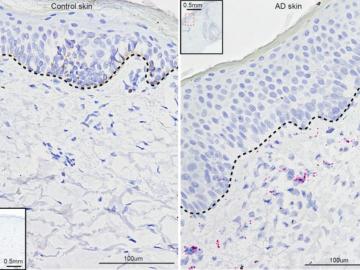
University of Pennsylvania researchers called on computational systems biology expertise at Oak Ridge National Laboratory to analyze large datasets of single-cell RNA sequencing from skin samples afflicted with atopic dermatitis.
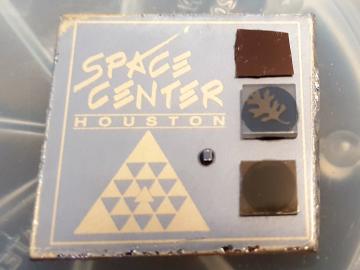
To study how space radiation affects materials for spacecraft and satellites, Oak Ridge National Laboratory scientists sent samples to the International Space Station. The results will inform design of radiation-resistant magnetic and electronic systems.
Oak Ridge National Laboratory and collaborators have discovered that signaling molecules known to trigger symbiosis between plants and soil bacteria are also used by almost all fungi as chemical signals to communicate with each other.
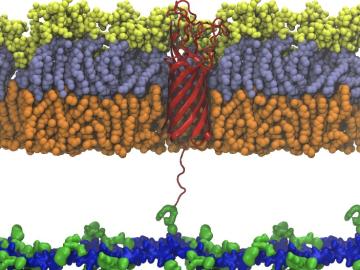
Scientists from Oak Ridge National Laboratory used high-performance computing to create protein models that helped reveal how the outer membrane is tethered to the cell membrane in certain bacteria.
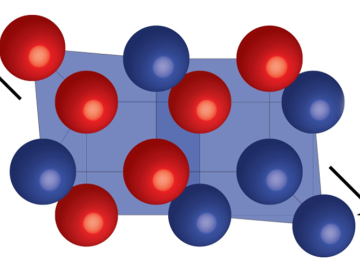
Pauling’s Rules is the standard model used to describe atomic arrangements in ordered materials. Neutron scattering experiments at Oak Ridge National Laboratory confirmed this approach can also be used to describe highly disordered materials.
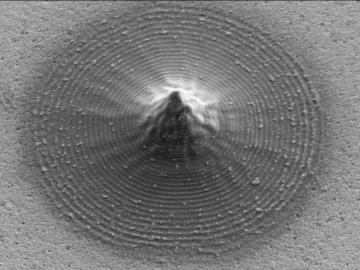
Scientists at Oak Ridge National Laboratory and the University of Tennessee designed and demonstrated a method to make carbon-based materials that can be used as electrodes compatible with a specific semiconductor circuitry.
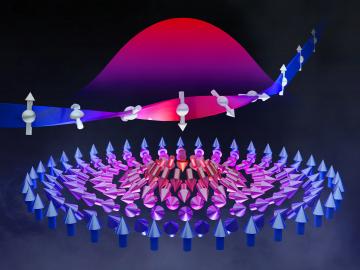
Scientists discovered a strategy for layering dissimilar crystals with atomic precision to control the size of resulting magnetic quasi-particles called skyrmions.




